How to break in hiking boots: our guide for preparing your boots for the trails
Knowing how to break in hiking boots will avoid discomfort when wearing newly-bought boots during their maiden adventures on the trails

Heading straight for the hills is not how to break in hiking boots. While it can be tempting to rock up at the trailhead in a shiny new pair of all-singing, all-dancing boots, your feet won’t thank you for it. In fact, it’s often the case that someone doing this ends up at best with blisters, at worst in agony.
The best hiking boots can take you to incredible, life-affirming places. As well as hiking’s obvious physical benefits, days spent on the trails liberate your thoughts, free you from the stresses and cares back home and elevate you – both literally and figuratively – above everyday life. The last thing you want is pain in your feet grounding you, diminishing the escape or putting a stop to your trip before it could begin.

Today, the best hiking shoes are far more advanced than the cardboard-stiff, full-leather boots of old. Back then, breaking your boots in was just as much a trial at home as on the trail – and it took a good while longer too. However, despite advances in materials, technology, design and construction, modern boots still require a bit of breaking in, especially more rigid winter models.
By following our proven tips and tricks, your feet and your boots will be best buddies in no time. Similar approaches work with all outdoor footwear, from approach shoes to trail running shoes, however the consequences of not breaking in these items are not as significant with full-on boots.
How to break in hiking boots: a word on intelligent design and boot evolution
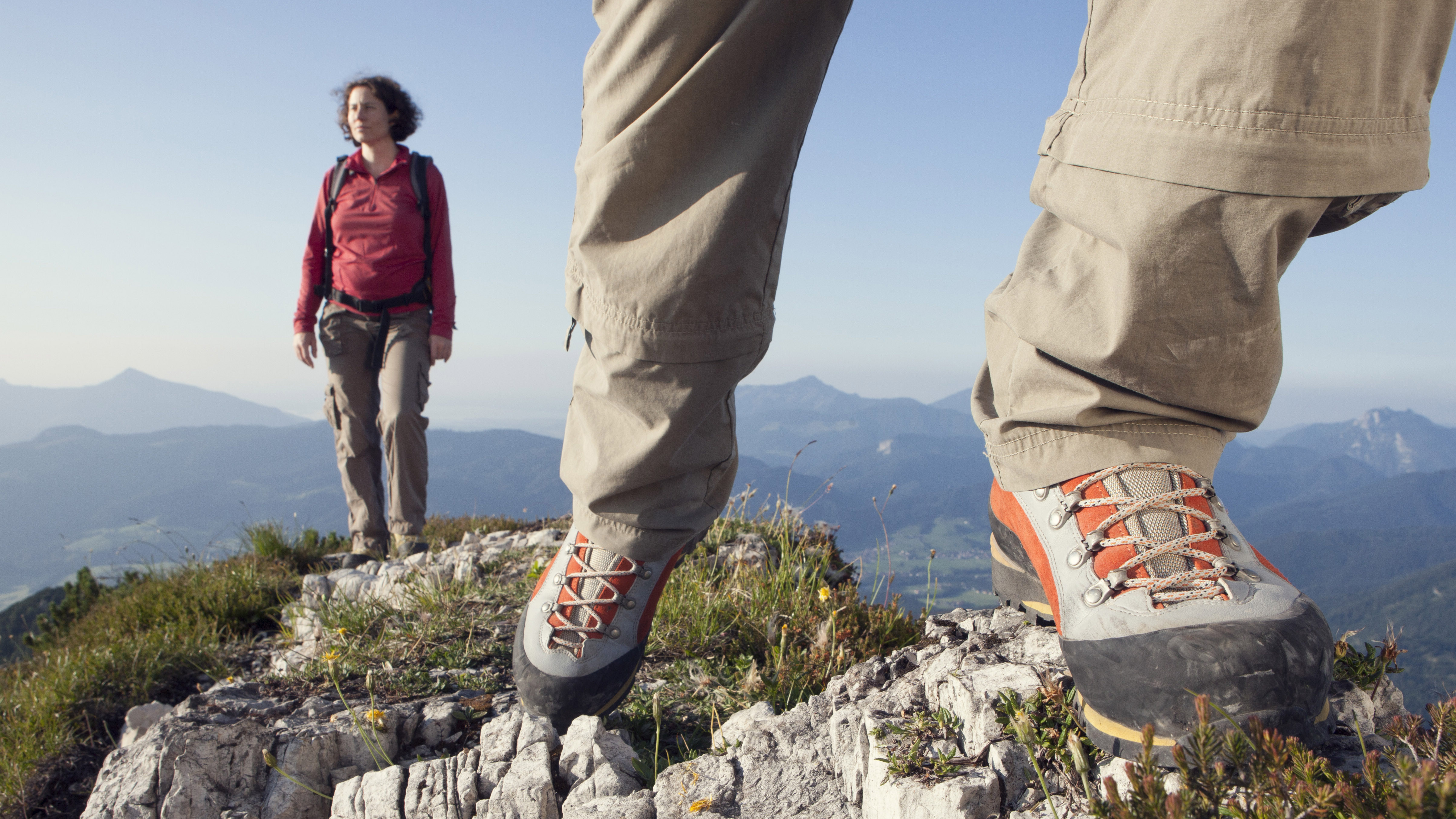
Most quality boot makers these days employ intelligent ergonomic design in the last (the fake foot template used to shape shoes) so the resulting chassis cradles your foot and prevents movement.
They also use sophisticated, high-performing materials to make outsoles robust, innersoles comfortable and midsoles impact absorbing… to some degree or another. The uppers are typically made from a hardwearing fabric (suede, leather or a manmade material) encased in a waterproof and breathable lining (see: Breathability ratings explained), such as Gore-tex or eVent. All of this increases out-of-the-box comfort, as well as making them high-performance pieces of kit.
All the latest inspiration, tips and guides to help you plan your next Advnture!
But that does not mean you should ever strap on a brand new pair of boots on the first morning of a multiday backpacking experience – because in that direction lies a trail of tears, even when armed (or footed, as it were) the best hiking socks.
People’s feet come in all sorts of shapes and sizes, and various brands have a tendency to make footwear with certain eccentricities, from tight toe boxes to lacing systems or heel wells that can cause hotspots. Interpretation of sizes isn’t quite as uniform as you might think, and just because your last boot fitted your foot like a glove – or your trail buddy has been raving about the comfort levels of their boots – it doesn’t mean the next pair you purchase will feel so snug.
To make sure your boots are suitable for you, and broken in sufficiently for you to take to the trail with confidence, follow these easy steps:
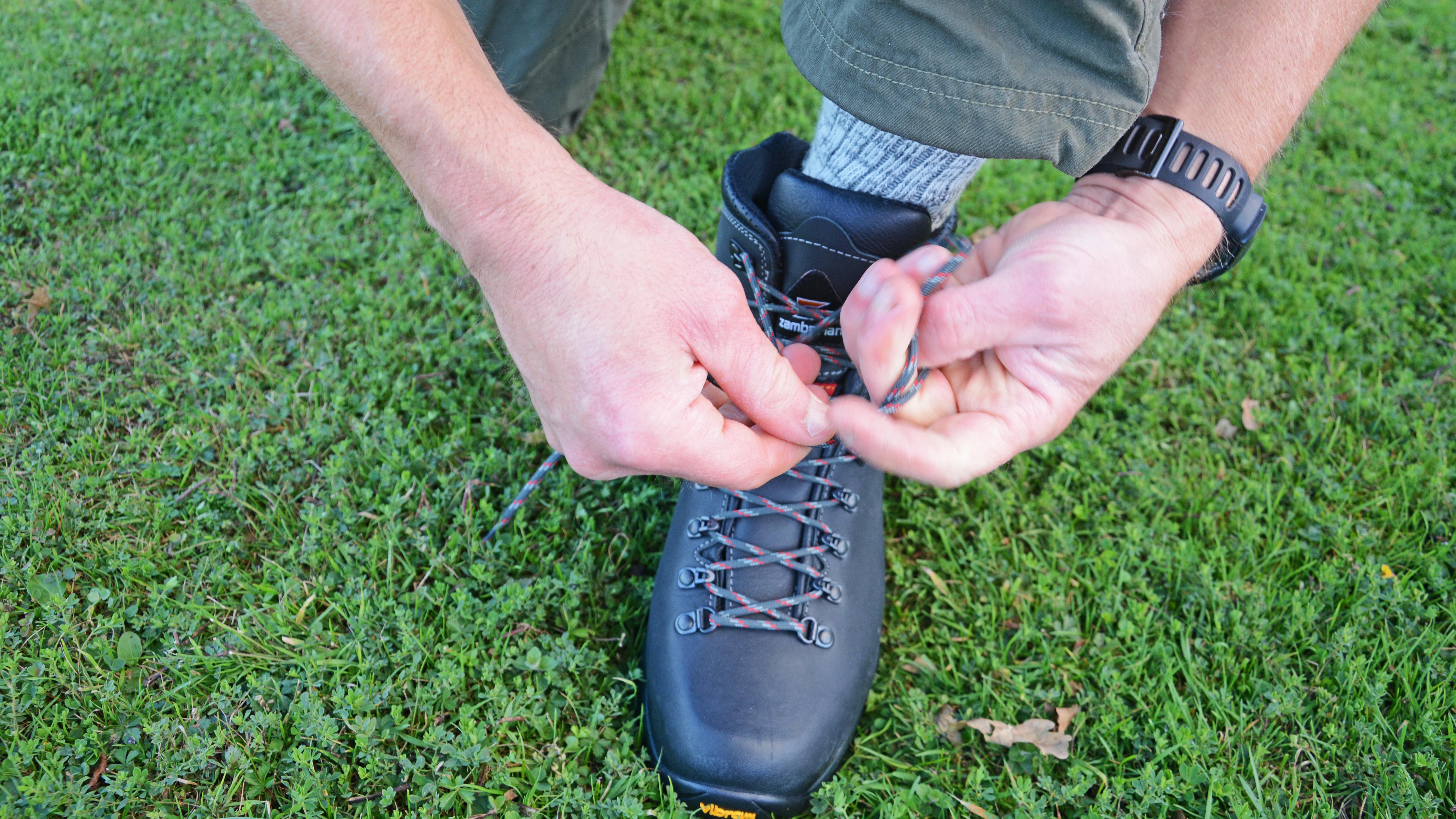
Why should you wear hiking boots before you buy them?
Get your feet inside some of the boots you’re looking at purchasing and see how they feel. You might instantly discover that they’re too narrow for your feet, or the cut of the cuff is causing discomfort – these are the kind of problems that no amount of wearing in will resolve, so cast your eyes wider and try another model or brand.
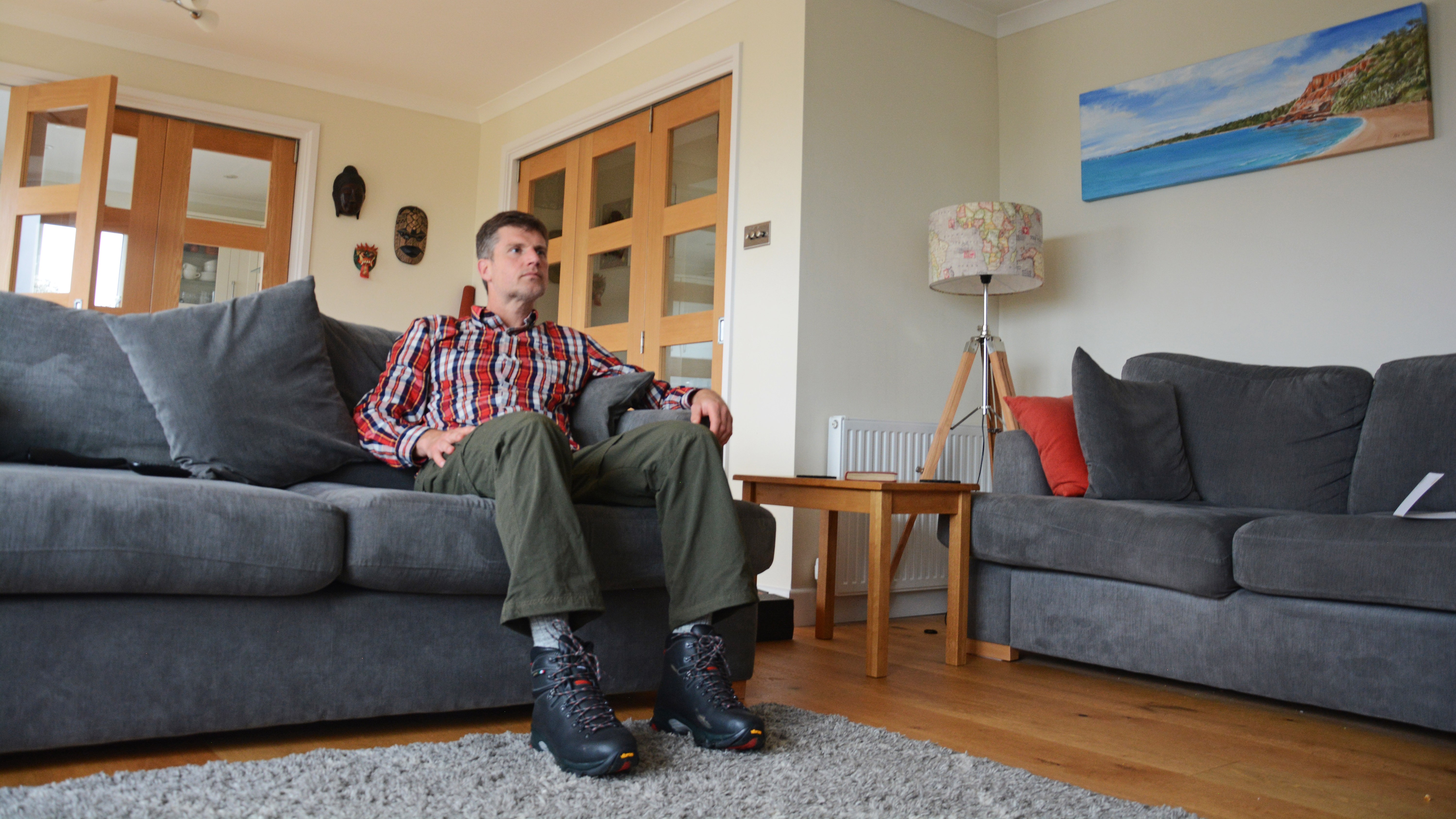
Why should you read hiking boot instructions?
Let’s be honest, no one likes to do this, but believe it or not, reading those little booklets that come with boots can cut out problems before they even present. Instructions can include specific recommendations on how to break the accompanying boot in, along with other pointers on how to get the best out of your new footwear, such as how to waterproof hiking boots or how to lace hiking boots.
How to break in hiking boots at home
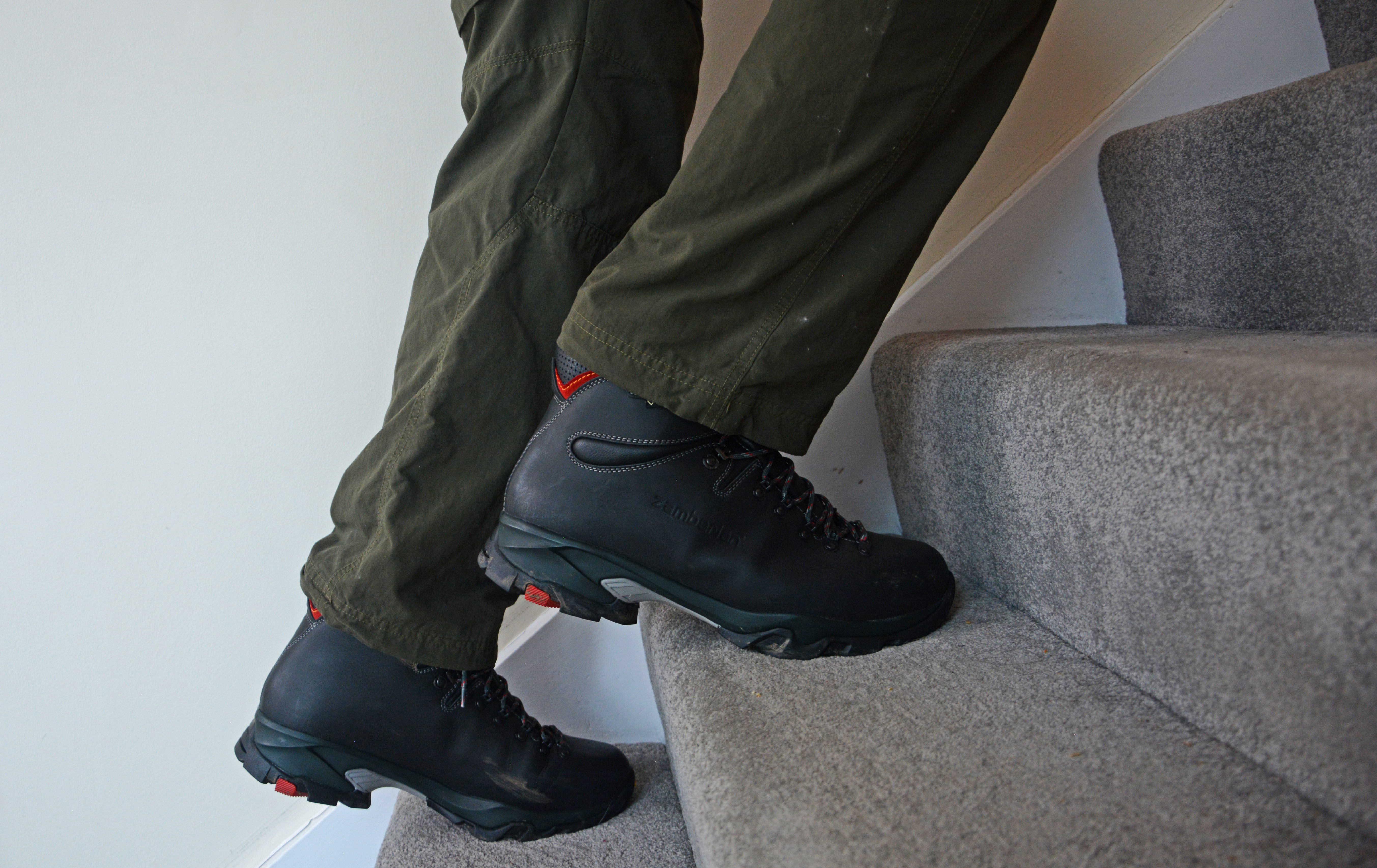
Once you have the boots at home, strap them on (along with your hiking socks, obviously) and go for a hike around the house. If you experience any initial discomfort, take some time to ensure they’re laced correctly, that your foot is properly in place, with the tongue adjusted as it should be. If you have stairs or steps, stride up and down them a few times, occasionally placing only your toes on the front of the step. Although it seems tedious, this approach may well prevent blisters once outdoors, potentially saving an entire hiking trip.
How to break in hiking boots outdoors
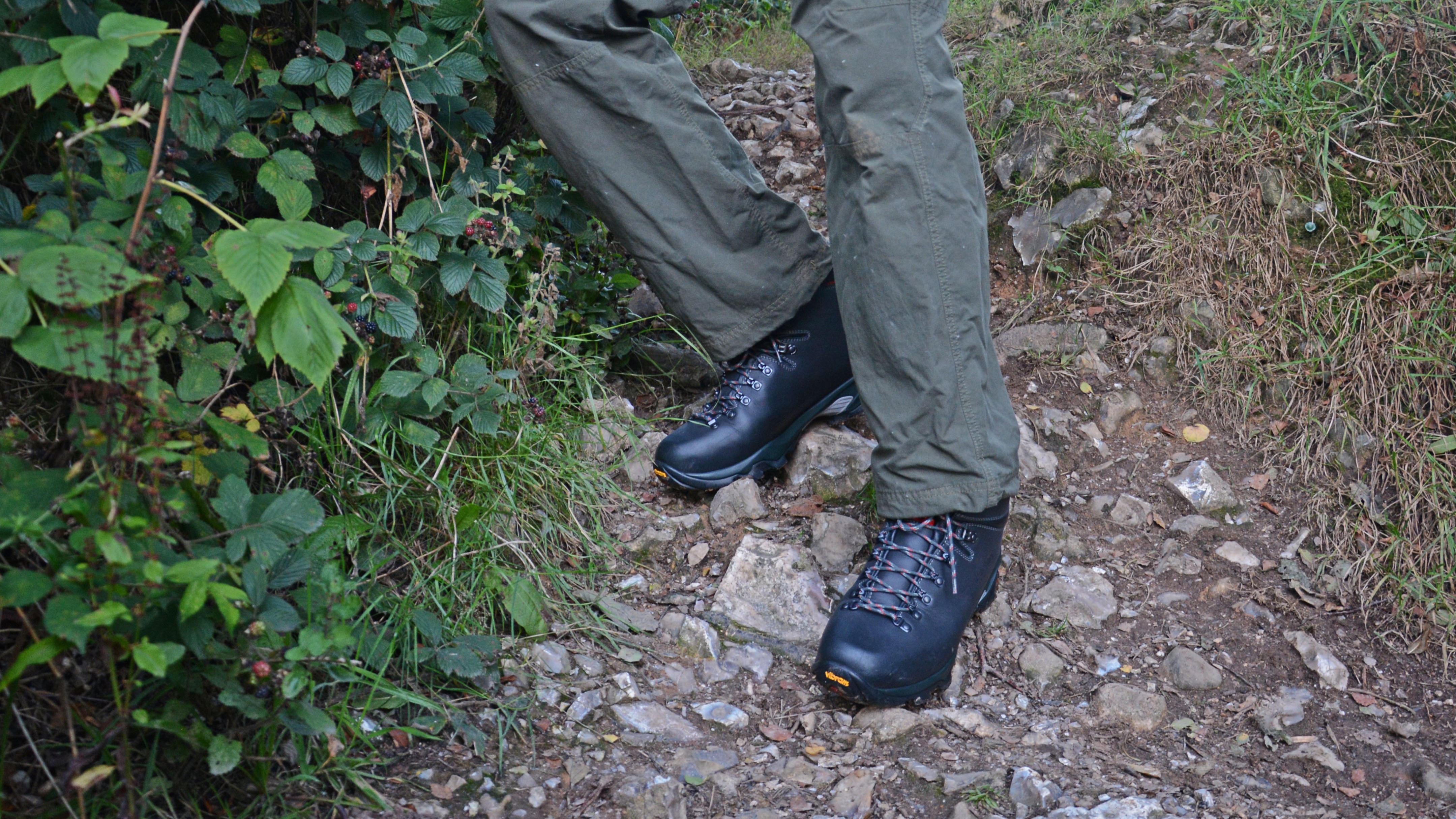
If all feels fine (aside from a little stiffness, which is to be expected), head on out around the streets a little bit, straying onto some unsealed surfaces such as fields and footpaths if you can. Deliberately tread across uneven terrain. Keep increasing your distance gradually. Wear a few different pairs of socks, to see what works best, and experiment with added insoles if you intend on using them for longer treks in future.
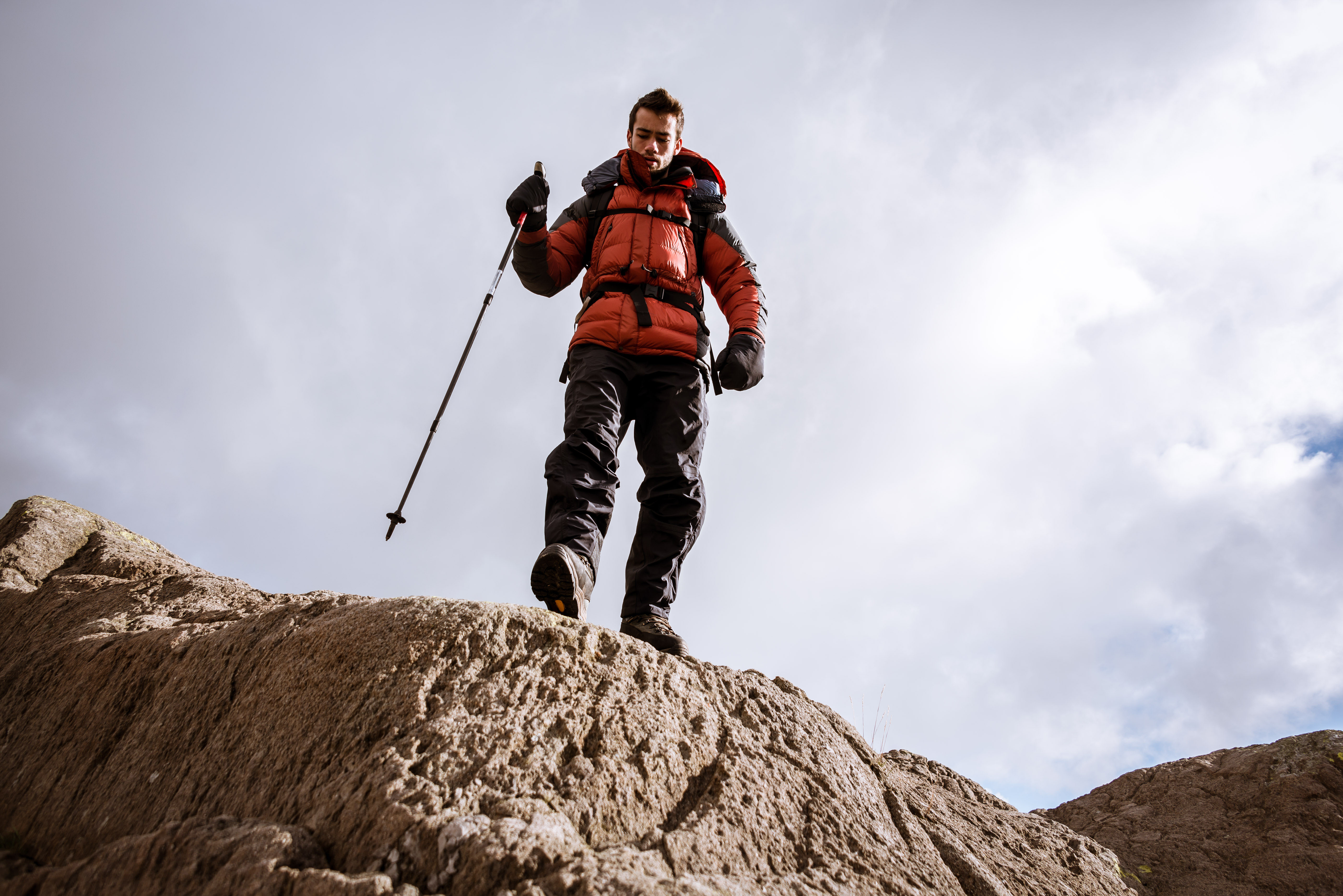
Are weights good for breaking in hiking boots?
Load up a backpack and repeat the steps above. The more rough stuff you can roam across during this process, the better.

How long does it take to break in hiking boots?
If your future plans involve walking long distances, such as a lengthy thru-hike, make sure you leave the boots on your feet inside the house for extended periods too, even if you’re sat on the sofa watching the TV. Time will tell if the ankle cut and the height of the cuff is likely to cause issues, or whether the boot is going to bend around the shape your lower leg. (Note: mountaineering boots, as opposed to general hiking boots, should never bend – rigidity is what you need on technical peaks – but walking footwear should always flex comfortably.)
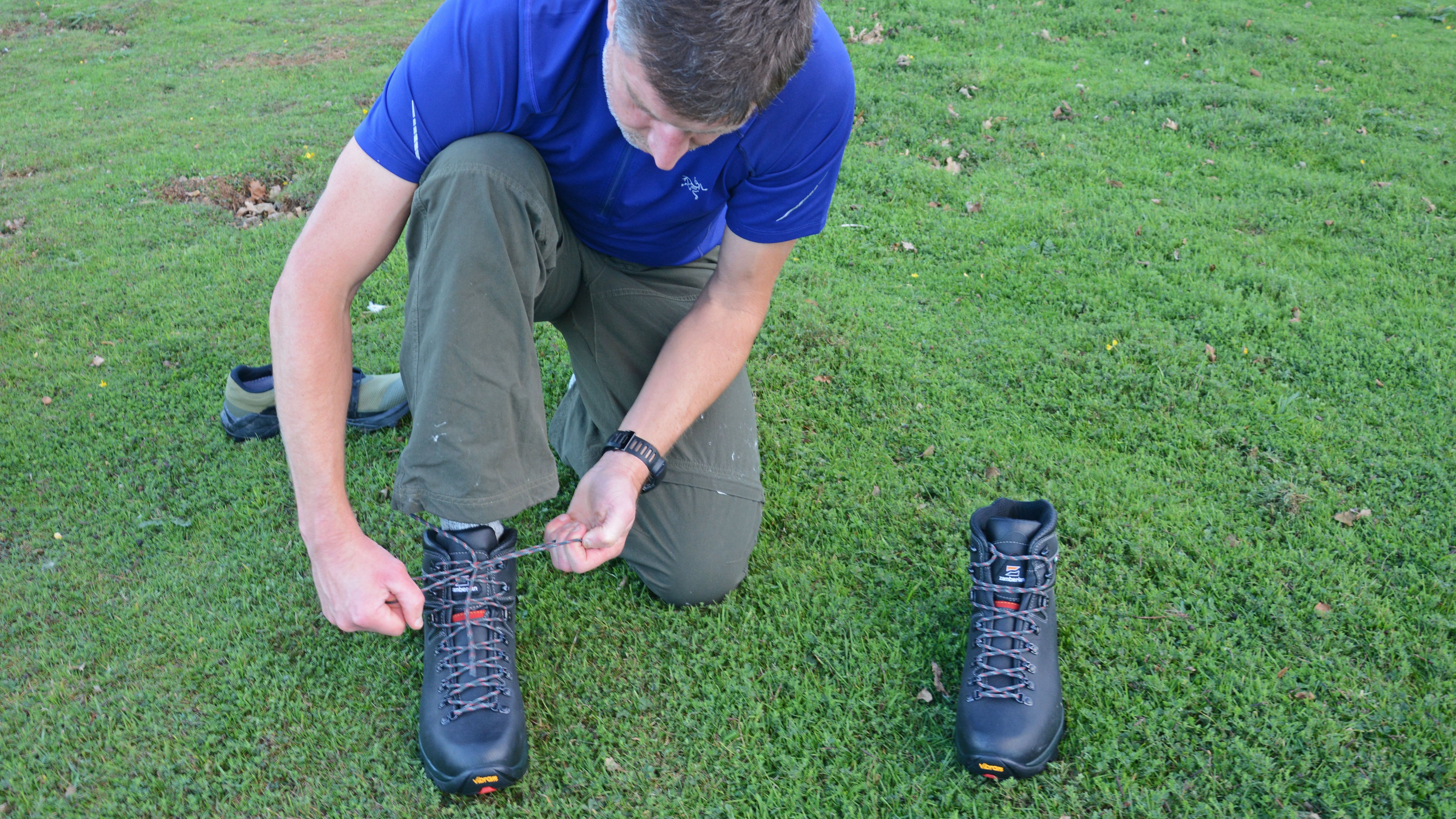
Does breaking in hiking boots hurt?
If your feet start to tell you something is wrong, and there’s no sign of any incremental improvement, listen to them. Some boots do need a bit of stretching in, but if problems persist, you will have to make a change to your footwear – it’s better to do this from a position of comfort than halfway along a trail when there's no way to stop chafing from occurring.

Author of Caving, Canyoning, Coasteering…, a recently released book about all kinds of outdoor adventures around Britain, Pat has spent 20 years pursuing stories involving boots, bikes, boats, beers and bruises. En route he’s canoed Canada’s Yukon River, climbed Mont Blanc and Kilimanjaro, skied and mountain biked through the Norwegian Alps, run an ultra across the roof of Mauritius, and set short-lived records for trail-running Australia’s highest peaks and New Zealand’s Great Walks. He’s authored walking guides to Devon and Dorset, and once wrote a whole book about Toilets for Lonely Planet. Follow Pat’s escapades on Strava here and Instagram here.
